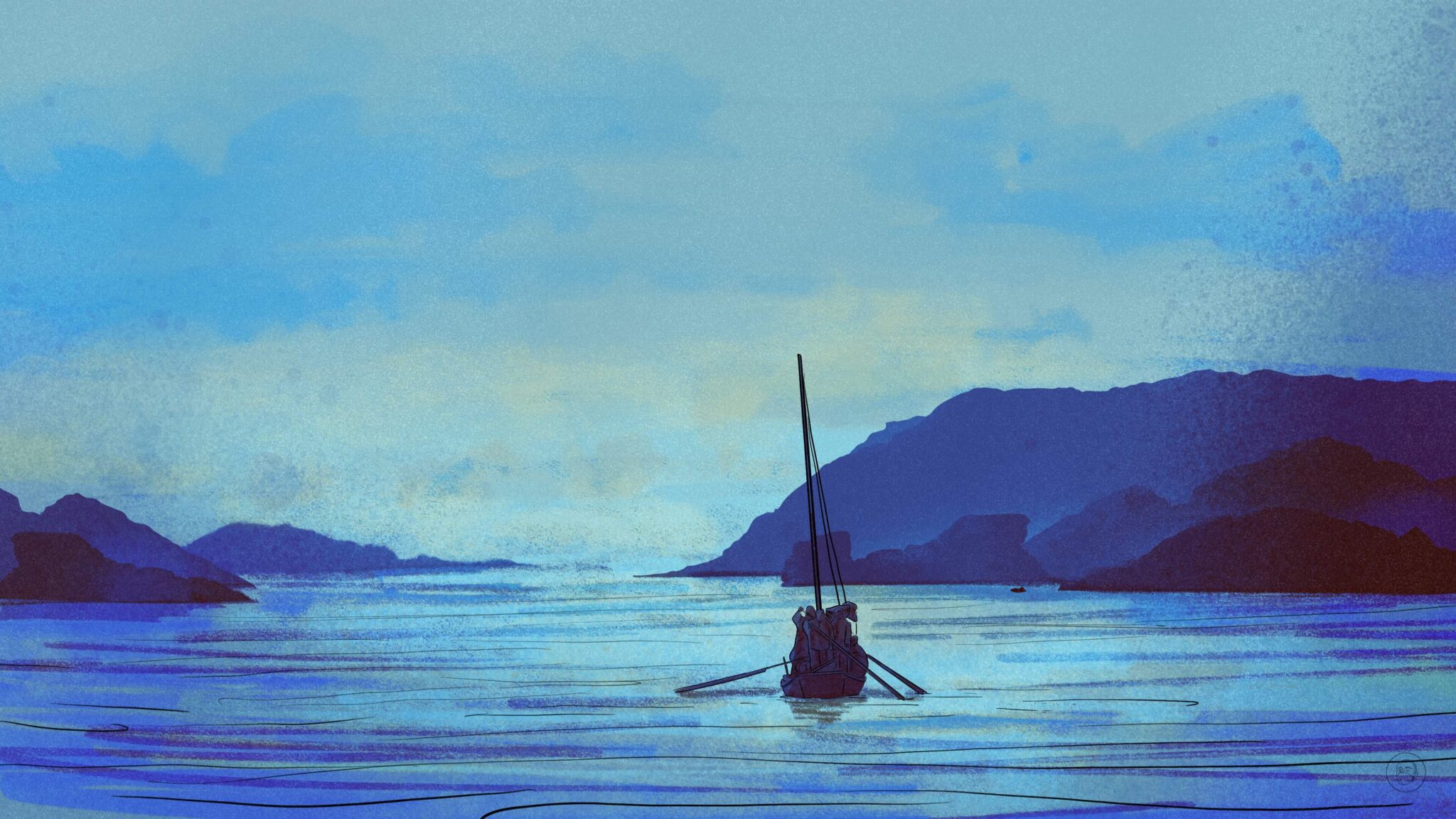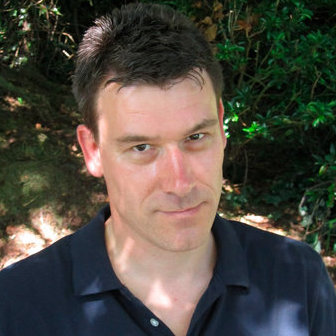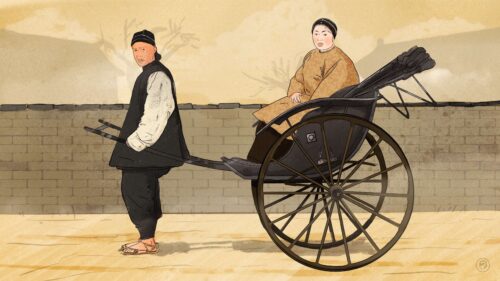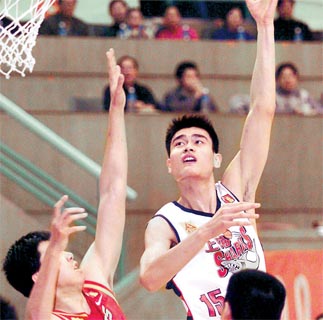This is book No. 36 on Paul French’s Ultimate China Bookshelf.

Blurbs:
“An important work of reportage…A book that is like the river itself, both lovely and rebellious, and strong beneath the stillness of its surface.”
—New York Times Book Review
“Never is Hessler’s complex China, or his book, anything less than magnificent…An intimate, humorous, true-to-life portrait of modern China.”
—Vanity Fair
“Moving, mesmerizing…transcends the boundaries of the travel genre and will appeal to anyone wanting to learn more about the heart and soul of the Chinese people.”
—Booklist
“Suffused with candor, compassion, insights, and intimate knowledge, River Town is a wonderful read.”
—Ha Jin
About the author:
Peter Hessler (1969-) is from Columbia, Missouri, graduated from Princeton, and was a Rhodes Scholar at Oxford. He joined the Peace Corps in 1996, the experience that led to his writing River Town. Since then, Hessler has written two further books of memoir on China — Oracle Bones (2006) and Country Driving (2010). He was The New Yorker’s correspondent in China and then, later, in Cairo, which resulted in his 2019 book The Buried: An Archaeology of the Egyptian Revolution. In 2019 he moved to Chengdu to teach at Sichuan University, a stint that ended with a few controversies with the university over an article on COVID-19 in China. He is married to the author and journalist Leslie T. Chang.
The book in 150 words:
River Town is American Peter Hessler’s memoir of his time as a Peace Corps volunteer in the Yangtze River Valley of the Sichuan town of Fuling teaching English and American literature at the local college, while also learning from his students and neighbors. It was an instant classic, a bestseller that also found many fans when translated into Chinese. Hessler is sent as a teacher but ends up learning more from his students and the local community of Fuling. By turns funny, anecdotal, self-deprecating, this is one of the most loved and admired books about China in the last quarter-century.
Your free takeaways:
The chapters of this book describe my life in Fuling, while the interspersed sketches focus on the local landscape, its history, and the people. All of these sketches were written while I still lived there, and I’ve used this structure to give the reader some sense of the two roles that a foreigner plays in a town like Fuling. Sometimes I was an observer, while at other moments I was very much involved in local life, and this combination of distance and intimacy was part of what shaped my two years in Sichuan.
I taught on the fifth floor of the main teaching building. There were 45 students to a class, all of them pressed close together behind old wooden desks. The room was their responsibility. They washed the blackboards between classes, and twice a week they cleaned the floor and windows. If the cleaning wasn’t adequate, the class was fined. That was how everything worked at the college — students were fined for missing morning exercises, for skipping class, for failing examinations, for return late to their dormitories at night.
Paulownia trees bloom purple and white along the lower slopes of White Flat Mountain. The trees’ flowers are short-lived — next week they will begin to wither and fade — and the soft yellow of the rapeseed will soon be cut down from the hills. After that, the bright green ricebeds will disappear, moved and dispersed into the waiting muck of the paddies. Spring in Fuling does not arrive so much as it rushes through, a blur of changing colors.
One of the fundamental goals of the Chinese Communist Party has always been stability for the average citizen, which traditionally has been maintained through the system of state-run work units. Teacher Kong’s danwei is the college, and as a result his life has none of the scramble and uncertainty of the entrepreneur.
Why this book should be on your China bookshelf:
Hessler’s memoir rapidly became a classic of the “trying to work out where I am and what’s going on around me” genre. Since publication, it has been a firm favorite for many readers of his and subsequent generations. It has been much imitated but rarely bettered. But beyond being the often-charming, insightful, and occasionally witty memoir of an American in China, why has River Town remained important enough to earn a place on our Ultimate China Bookshelf?
Thinking back to some previous entrants on the shelf, I think it is fair to say that Hessler stands alongside Graham Peck’s Two Kinds of Time (Book No. 4), John Blofeld’s City of Lingering Splendour (Book No. 34), and David Kidd’s Peking Story (Book No. 35) as a superb and almost unique snapshot of a place and time in China. What Blofeld did for Beijing in the ’30s, Peck for Chongqing in the ’40s, and Kidd for Beijing in the early ’50s is what Hessler does for Fuling in the ’90s. An examination of life, interaction, and social minutiae that illuminates our understanding. Where so many foreign memoirs overly focus on the author, Hessler and the others blend their experiences with those of the local people seemingly effortlessly and instructively.
It is also the case that Hessler and living in and writing about Fuling and the surrounding area at a time of immense change — the completion of the Three Gorges Dam project that would fundamentally change the geography and the way of life for everyone in that area. At the time, it is not clear whether this will be beneficial or detrimental, but it is coming, like it or not. It is also a time of significantly less connectivity than today — Fuling has no internet, smartphones, high-speed rail, or expressway connections. It is both an integral part of Sichuan and China and yet somewhat isolated and eternally different. This would be a far harder thing to find today than then.
We should also not forget that Hessler is a hell of a writer — graceful, erudite, and highly descriptive without falling into verbosity or cliché. It is fair to say that since River Town was published, quite a few writers have had a go at capturing some of Hessler’s success, but none have really managed it. And it is the quality of the writing that prevents this, I think. Hessler’s descriptions of the rhythms of Fuling life — the gentle knock of the croquet ball in the morning at the court below his bedroom window, the seasonally changing flora and fauna of the district, the idiosyncrasies of his students and the town characters — are excellently drawn. Hessler is at time nostalgic, but, as we have discussed before, that nostalgia is always tempered with the often-harsh reality of rural town life in 1990s China.
As with all memoir, River Town has moved from being an account of vaguely contemporary China to a historical document. It describes a China of three decades ago — still within reach memory-wise, but radically changed in so many ways.
Next time:
Time to move on again, switch subjects. This time to look at wartime China, the experiences of the Chinese people, the reporters that covered the war, those stuck outside the country. The nation’s capital moved to the fortress city at the head of the Yangtze, Chongqing. The world’s press followed Chiang Kai-shek (蔣介石 Jiǎng Jièshí), Zhōu Ēnlái 周恩来, and others to work out what was going on, how China would prosecute its war, whether China could survive and drive Japan out. One wartime study in particular became a massive bestseller in Europe and America.







